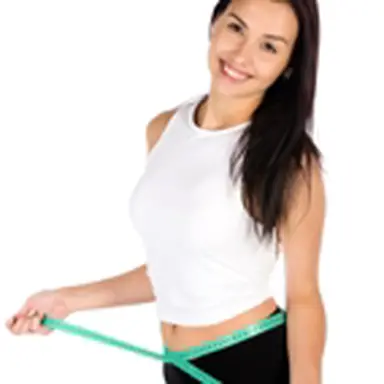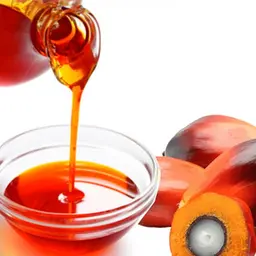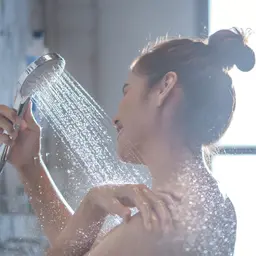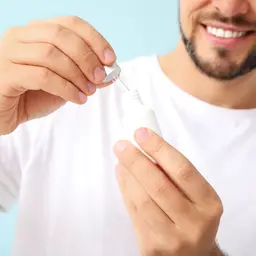
As cosmetics brands vie each other in inventiveness to offer the public new skincare products with ever-more innovative galenics and textures, an alternative branch now provides consumers with a new way to consume beauty: cosmetotextile. As its name suggests, it is an association between textile and beauty for cosmetics purposes. Here is our report on this unique know-how.
The aptly-named concept of Cosmetotextile falls under the scope of an official definition set up in 2006 by the BNitH (Bureau de Normalisation des industries textiles et de l’Habillement – Bureau of standardization for textile and clothing industries): ‘cosmetotextile refers to a textile article that contains a substance or a preparation that is intended to be released sustainably on to the different superficial parts of the human body, especially the skin, and which claims particular properties such as cleansing, perfuming, changing appearance, protection, keeping in good condition, or correction of body odours.’
Cosmetotextile was not born yesterday: it emerged in the 1990s, when Hermès launched a scarf containing micro-capsules of perfume. The beauty industry, and more particularly that of slimming, took immediate interest in it and several brands started marketing clothes with aesthetic purposes, like Mixa and Dim.
Lytess became the pioneer brand in 2003.
How does it work?
To actually grasp how clothes can have a cosmetic action, it is crucial to understand the principle of micro-encapsulation. Microcapsules are spheres the size of a micron which are soaked with an active, and then fixed in the heart of the textile. When you slip on your clothes, the microcapsules break down with your movements (rubbing or pressure of the cloth against the skin). That is how the actives are released and penetrate the epidermis.
What products have been developed so far?
There are mainly clothes intended to be worn at home or under a conventional outfit like stockings, leggings, girdles, or breeches.
These products offer various actions. ‘You can find slimming products that promise to make you lose a few centimetres on targeted areas like the belly, hips, and thighs, as well as anti-stretch mark fabrics that can reduce their size and colour. There are also clothes with a moisturizing or anti-aging power,’ explains Laïla Embarek, Product & Operations Marketing Manager at Lytess.
More recently, disposable gloves and socks started invading consumers’ daily lives. Between masks and cosmetotextile, these products soaked with a cosmetic solution have known such a huge success that more and more brands have been designing their own.
What materials and actives are used?
Laïla Embarek explains that ‘cosmetotextiles combine technical textiles (specific knitting, smart fibres, etc.) and cosmetic oils packed in microcapsules. The formulas contain no water – they are exclusively composed of actives.’
This means these products are not made with conventional fabrics, but materials designed to optimize their cosmetic action. For example, Lytess makes textiles with massaging knitwear imitating the palpating-rolling movement or with a body-shaping action.
As the scope of action of cosmetics materials has broadened with time, there are now more and more actives on the market, like caffeine, which is used for its slimming virtues, arnica for its soothing properties, and shea for its strong moisturizing power, to mention but the most widely known.
How long can these products be used?
Laïla Embarek explains that ‘the duration of use of cosmetotextiles is limited. The cosmetic action is guaranteed for a whole treatment period (up to 30 times in the washing machine), but the action of the textile itself is unlimited. Contrary to cosmetic jars, which are thrown away once emptied, with cosmetotextiles, consumers can keep the textile and its properties.’ As a matter of fact, it is recommended to wash the clothes at 30 °C in the washing machine to preserve both their shapes and elasticity.
What about the results? Obviously, slimming leggings cannot provide the same benefits as sports practice. However, it should be reminded that before they are placed on the market, all these products are tested and evidence should be provided of their claims.
So, we can assume slimming leggings are just as efficient as a cream claimed to have the same effect! Or are they?
JS













